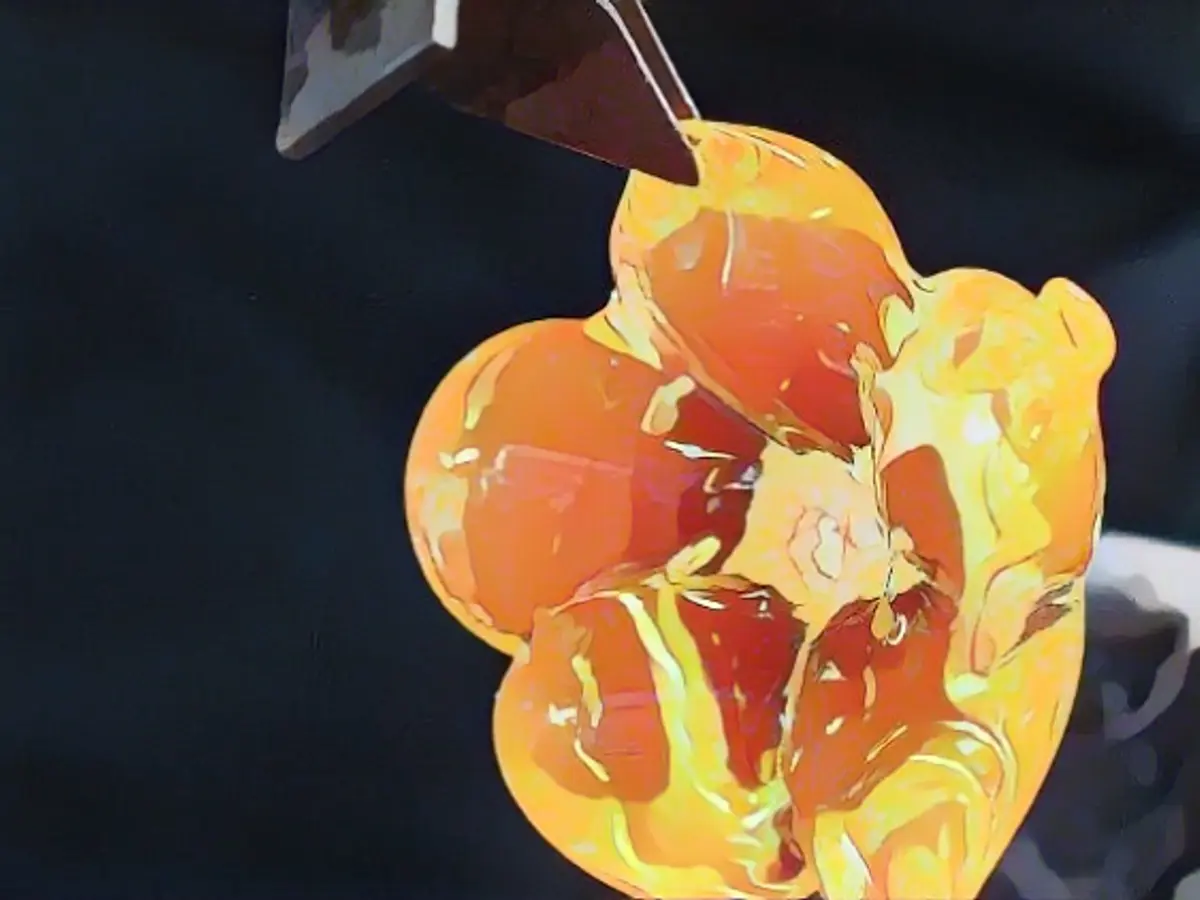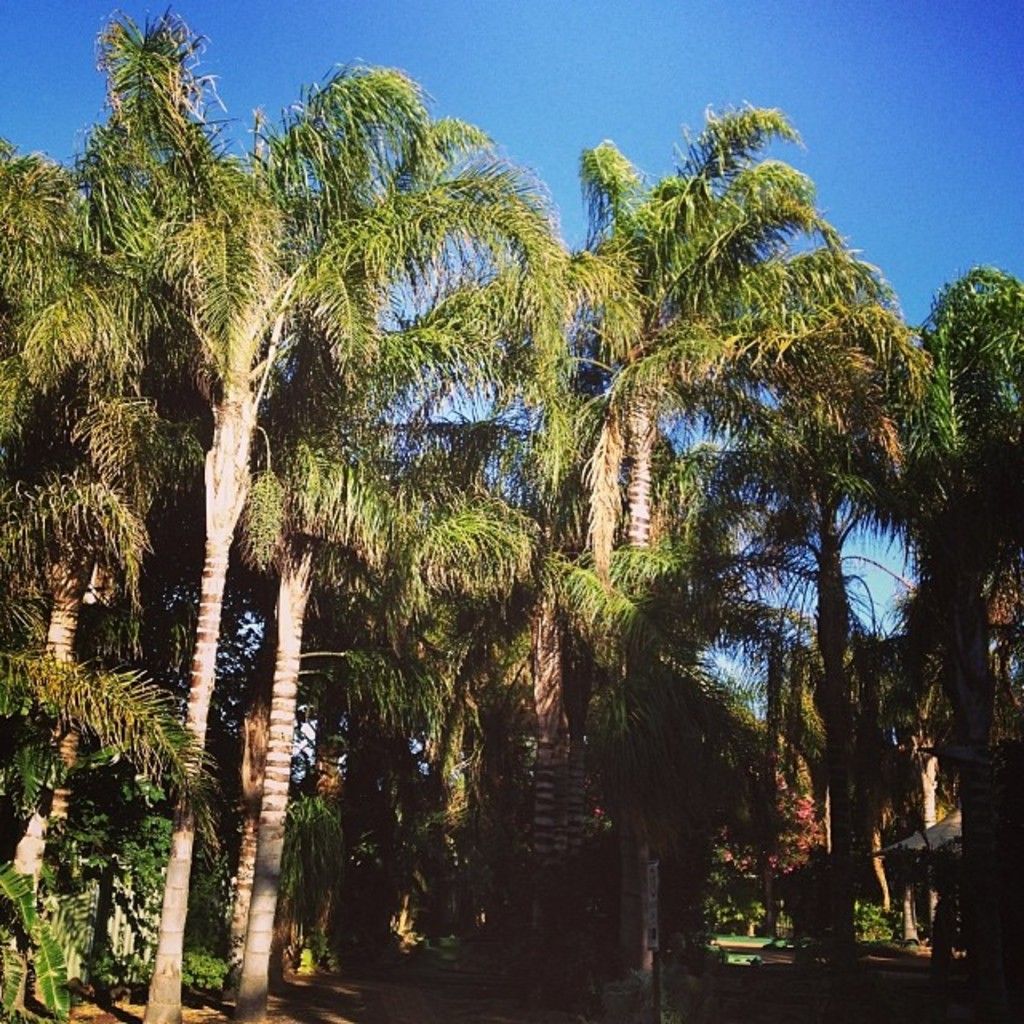Unbelievable, right? Even glass blowing can make global headlines! And it did, thanks to UNESCO recognizing this ancient craft as an intangible cultural heritage. Countries like Finland, France, Spain, the Czech Republic, Hungary, and Germany all cheered in unison, celebrating a shared passion that harkens back to pre-Christian times.
"It's not just glass, it's patience, creativity, and teamwork," says Christoph Wulf, Vice President of the German UNESCO Commission. He gleams with pride, defining the essence of this masterful craft that UNESCO now applauds for its remarkable creative power.
The art of glassblowing tests the limits of endurance. With unwavering focus and unparalleled skill, craftsmen and women mold molten glass into breathtaking works of art at temperatures over 1000°C. Traditional tools are used to sculpt each piece, preserving generations of complex knowledge and showcasing the raw talent and passion that lies in every creation.
Have you ever stared in awe at a stained-glass window or prized a handcrafted glass ornament? Well, the mesmerizing beauty of this art form is due to the simple yet magical transformation of molten glass. If you can shape it within a specific temperature range, the glass unfolds into captivating art pieces.
The craftsmen must exercise extreme patience during the cooling process, referred to as annealing. By reducing thermal stress, the glass avoids cracking or shattering, allowing the true beauty of each piece to endure for generations.
UNESCO's Intangible Cultural Heritage Committee convened in Kasane, Botswana, to review the nomination and, after much deliberation, granted it a place on the World Heritage list. This significant victory represents a lifeline for an art form on the brink of vanishing into history.
As countries around the globe work to preserve this intangible heritage, we can breathe a sigh of relief, knowing that our cultural and artistic roots will compellingly survive—at least for now. Each glassblowing session now carries a unique sense of pride, knowing that they become a part of an unbroken tradition passed down through generations.
Behind the Scenes
- Raw materials for glass include quartz sand, limestone, and a blend of additives.
- The melting process heats raw materials in crucible furnaces or pool kilns, keeping them between 1300°C and 1600°C.
- Intricate glass ornaments, like blown glass beads, have been handmade for centuries, showcasing the art of glassblowing at its finest.
Digging Deeper
- Czechia gained recognition for glassblowing in 2023, with UNESCO inscribing the practices of handmade glass production on the Representative List of the Intangible Cultural Heritage of Humanity[1].
- Beyond glassblowing, UNESCO has also recognized other traditional glassmaking practices as Czechian cultural heritage, such as the crafting of blown glass Christmas decorations in 2020[1].
[1] UNESCO’s Recognition of Czechia's Glass Production – International Lab for Marketing and Communications, ILMC Group. Access date: [insert date]. URL: https://www.ilmcgroup.com/unesco-recognition-czechias-glass-production/








